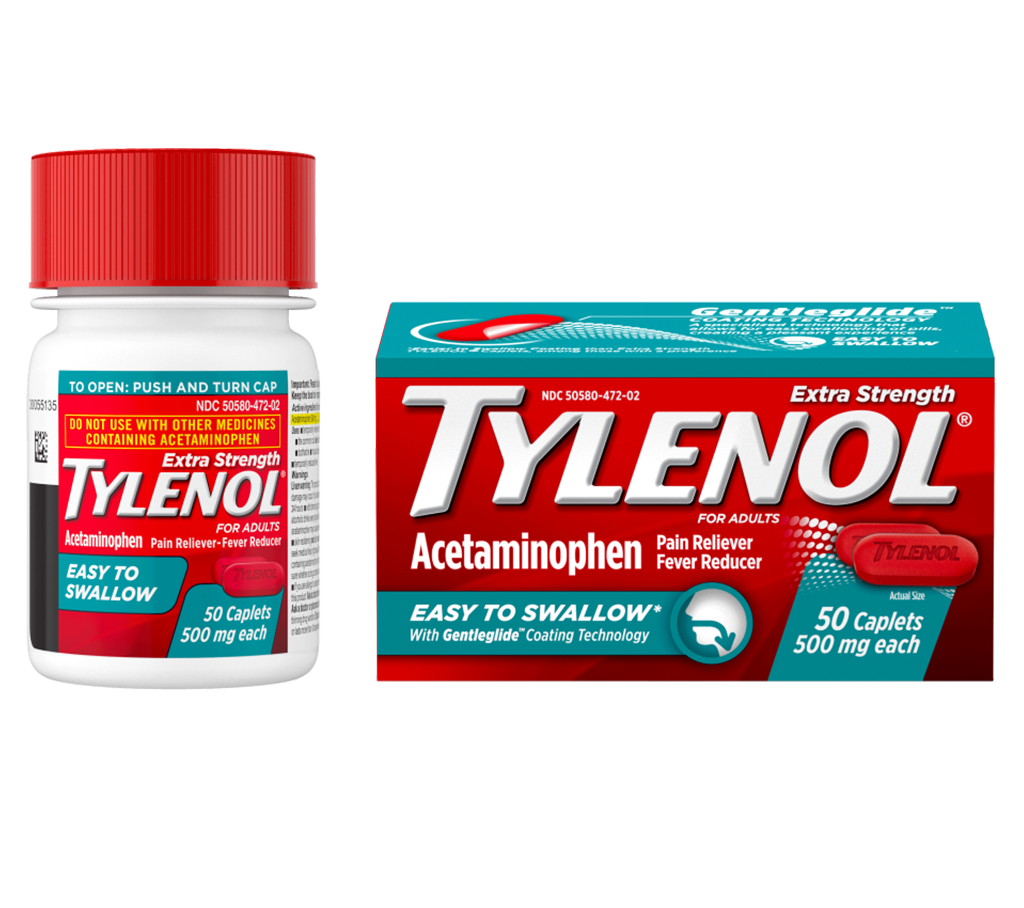What are the symptoms of a sprained thumb?
A sprained thumb typically presents with the following symptoms:
- Pain: Pain is usually felt at the base of the thumb or along the length of the thumb. It may be sharp or achy, and can worsen with movement.
- Swelling: The thumb or the surrounding area may become swollen. This can occur immediately after the injury or develop over a few hours.
- Bruising: Discoloration or bruising around the thumb may appear, indicating bleeding beneath the skin.
- Tenderness: The area around the thumb may be sensitive to touch, especially at the site of the sprain.
- Limited Range of Motion: Moving the thumb may be difficult or painful. There might be stiffness or an inability to fully extend or bend the thumb.
- Weakness: Grasping or pinching with the thumb may be weak or painful, affecting the ability to perform everyday tasks.
- Deformity: In severe cases, the thumb might look deformed or misaligned, indicating possible damage to the joint or bones.
If you suspect a sprained thumb, it’s important to rest and avoid using the thumb until the symptoms are evaluated and treated appropriately.
What are the causes of a sprained thumb?
A sprained thumb is caused by the overstretching or tearing of the ligaments that support the thumb joint. Common causes include:
- Trauma: Direct injury to the thumb from a fall, impact, or blow, such as during sports or accidents, can overstretch or tear the ligaments.
- Sports Injuries: Activities involving catching, throwing, or gripping, like basketball, football, or volleyball, can lead to thumb sprains. A common example is a thumb sprain from catching a ball that strikes the thumb awkwardly.
- Overuse: Repetitive stress or strain on the thumb from activities that involve gripping or twisting, such as typing or using tools, can lead to a sprain over time.
- Forceful Movements: Sudden or forceful movements of the thumb, like pulling or twisting, can damage the ligaments.
- Contact Injuries: Collisions or contact with other players in contact sports can cause thumb injuries.
- Accidental Twisting: Twisting the thumb awkwardly while performing daily activities, such as opening a jar or door, can result in a sprain.
In general, a sprained thumb occurs when the thumb is subjected to more force than it can handle, leading to ligament damage.
What is the treatment for a sprained thumb?
The treatment for a sprained thumb focuses on reducing pain and swelling, promoting healing, and restoring function. Here’s a general approach:
- Rest: Avoid using the injured thumb to prevent further damage. Immobilize the thumb with a splint or brace if necessary.
- Ice: Apply ice packs to the injured area for 15-20 minutes every 1-2 hours during the first 48 hours to reduce swelling and pain. Ensure you wrap the ice in a cloth to protect the skin.
- Compression: Use an elastic bandage or compression wrap to help control swelling. Avoid wrapping it too tightly to prevent cutting off circulation.
- Elevation: Keep the thumb elevated above the level of the heart whenever possible to reduce swelling.
- Pain Relief: Over-the-counter pain relievers such as ibuprofen or acetaminophen can help manage pain and inflammation. Follow the dosage instructions on the label or as advised by a healthcare provider.
- Rehabilitation: Once the initial pain and swelling have subsided, gentle range-of-motion exercises can help restore thumb function. This may be guided by a physical therapist.
- Heat Therapy: After the first 48 hours, applying heat (like warm compresses) can help relax and loosen the muscles and improve blood flow.
- Splinting: In cases of more severe sprains, a thumb splint may be needed to immobilize the joint and allow ligaments to heal.
- Medical Evaluation: If the thumb does not improve with home treatment or if you suspect a more severe injury, such as a fracture, seek medical attention. A healthcare provider might recommend imaging studies (like X-rays) to rule out fractures or severe ligament injuries.
- Surgery: Rarely, if the sprain involves a complete tear of a ligament or if conservative treatments fail, surgical intervention might be required.
Always consult with a healthcare provider for an accurate diagnosis and personalized treatment plan.

Leave a Reply
You must be logged in to post a comment.